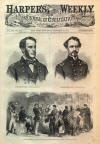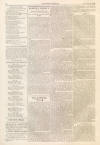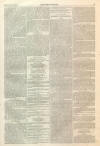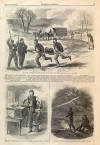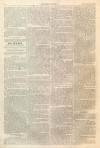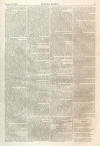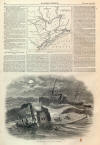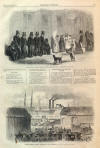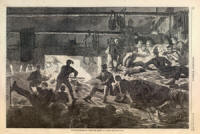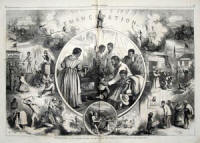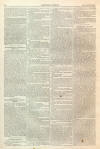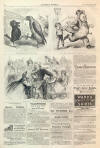Telegraph
|
|
This Site:
|
JANUARY 24, 1863.] HARPER'S WEEKLY. 53 THE ARMY TELEGRAPH—SETTING UP THE WIRE DURING AN ACTION.—[SKETCHED BY MR. A. R. WAUD.]THE ARMY OF THE POTOMAC.WE continue our series of illustrations of the Army of the Potomac. On page 52 we publish a picture by Mr. W. Homer illustrating CAMP-LIFE IN WINTER. Mr. Homer shows us the interior of a hut, in which a glowing fire is blazing, shedding light and warmth around. Stretched on the floor, bunks, and seats, are soldiers in every imaginable position —smoking, chatting, reading, card-playing, and sleeping. Almost in every company there is one sharp-witted fellow who can tell a good story. The soldiers' great delight is to get this man into a tent or hut, and start him on a good long old-fashioned yarn, which lasts from dark until far on in the night. The scene—while the narrator is harrowing the imaginations of his rapt hearers, and the red glare of the fire lights up odd spots in the darkness—is very striking. On this page Mr. Waud has illustrated for us the ARMY TELEGRAM.Of this important institution he says: "The army signal-telegraph has been so far perfected that in a few hours quite a large force can be in constant connection with head-quarters. This, while a battle is progressing, is a great convenience. The wire used is a copper one insulated, (Next Page) THE ARMY TELEGRAPH—THE OPERATOR AT WORK.—[SKETCHED BY MR. A. R. WAUD.]A SIGNAL STATION AT NIGHT.—[SKETCHED BY MR. THEODORE R. DAVIS.] 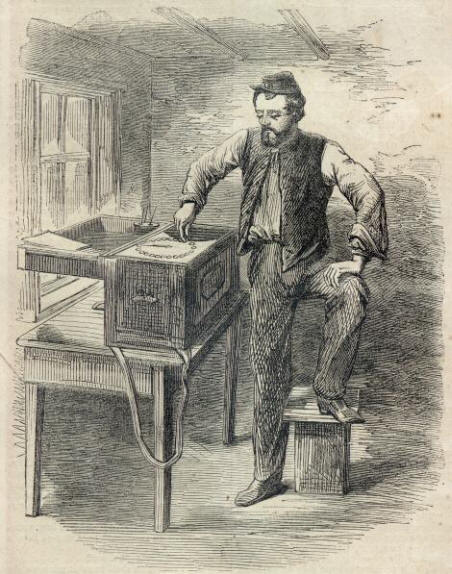 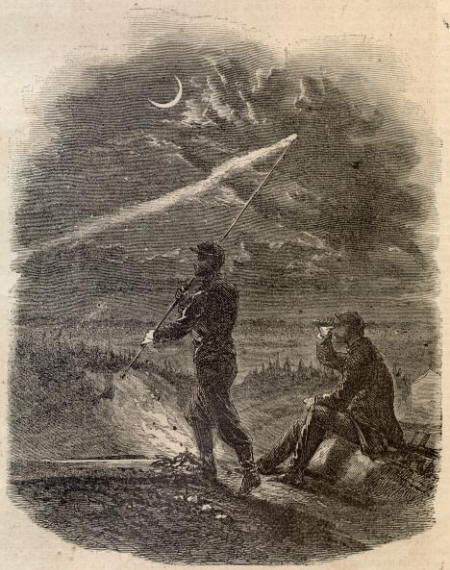 |
||||||||||||||||||||||
|
|
||
|
|
Site Copyright 2003-2018 Son of the South. For Questions or comments about this collection, contact paul@sonofthesouth.net |
|
|
Are you Scared and Confused? Read My Snake Story, a story of hope and encouragement, to help you face your fears. |
||
